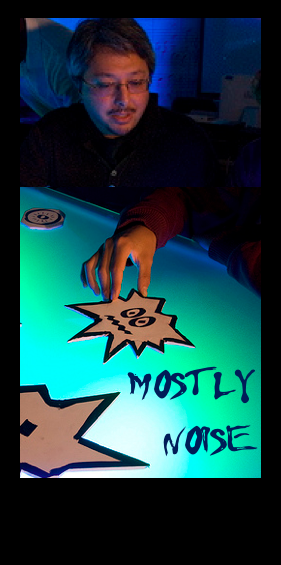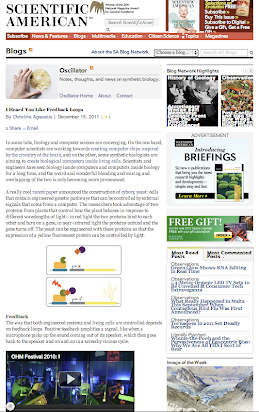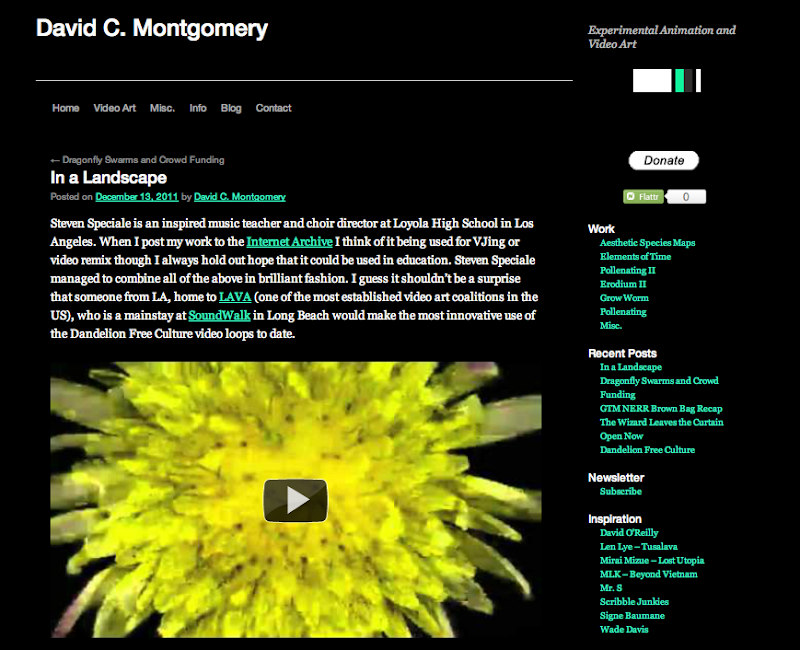Streaming Experimental Music on Earmeal
September 30, 2012
Camera 2 on me playing toy piano music for the video podcast Earmeal on LA Artstream, September, 2012.
Because of my participation in a local Sound Art festival called Soundwalk, I was invited to be part of a video podcast called Earmeal, one of a number of great video podcasts about the Los Angeles Art scene.
The host and producer, Alan Nakagawa, offered me a 30-minute slot to perform anything I wished. His aim is to document the experimental music scene in Los Angeles. I decided to show some of the ways I incorporate experimental music and sound art into my music appreciation class curriculum at Loyola High School of Los Angeles.
After a quick setup and sound check, the cameras went live and I was on for a half-an-hour. Alan was wonderful about setting me at ease, but the two camera shoot still made me kind of nervous. Plus, I was using technology in my performances. Despite the best laid plans, gremlins often make appearances when you least want them.
I was really honored to be able to share and document some of my work with Alan. I am not teaching Electronic Music or Sound Art per se. I use these projects in a constructivist manner for Music Appreciation. I am introducing students, who are not necessarily musicians, to experimental music composition and performance.
Alan’s work on Earmeal inspires me. It is an important service he is providing for current and future artists, scholars, and enthusiasts. I hope to replicate Alan’s sense of community and altruism in the work I do with students at Loyola High.











